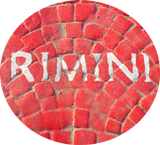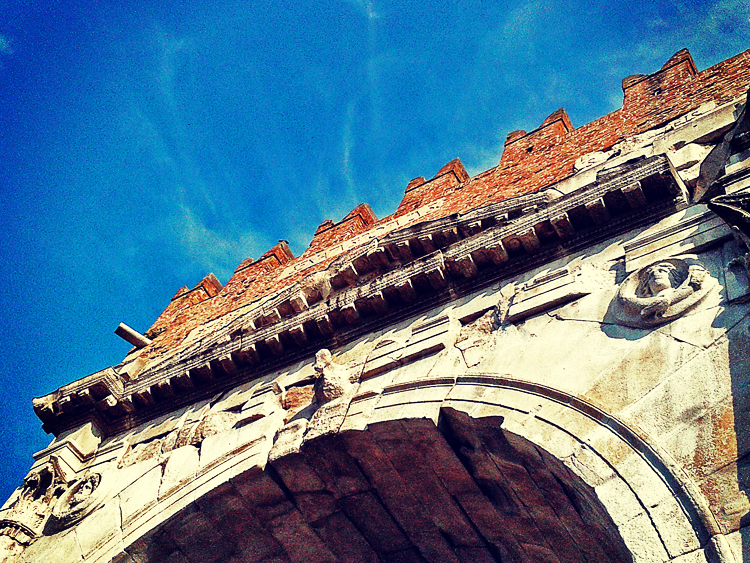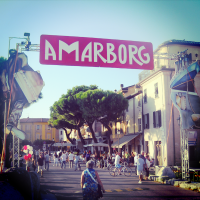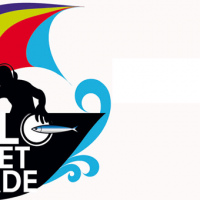Sangiovese Wine
Sangiovese is the dominant red wine in Romagna – locally produced and loved, and is the house red in virtually all restaurants you’ll eat in around Rimini.
What might surprise you, though, is to know that the Sangiovese grape is the staple grape in loads of the more ‘noble’ – or simply put, famous – red wines like the Brunello di Montalcino of Tuscany, or Chianti wines in general.
The Sangiovese grape is extremely sensitive to place, and can produce some extremely good – and unfortunately some extremely bad wines, depending upon the care with which it’s cultivated. Because traditionally there has been a lot of simple, robust, rustic Sangiovese wine produced in Romagna – for local consumption – the region has, somewhat unfairly, been looked down upon in terms of its wine production. Wine expert Jancis Robinson, talking about the renaissance of the Sangiovese for wine experts commented: “the most common wines that carried the name Sangiovese on the label were Sangiovese di Romagna, cheap Italian reds which were typically extremely light, pale, tart confections with little of interest to offer the wine lover.”
At the same time, though, legend suggests that the grape takes its name from Santarcangelo di Romagna’s Mt Giove – near Rimini. The story goes that a visitor to the local Capuchin monastery tasted a very fine wine, and asking its name it was described as Sanguis Jovis or the ‘blood of Jupiter’.
Just as the Sangiovese grape is finally starting to win international recognition for its subtle tones of mulberries, prunes, spice, tobacco, and sometimes leather or chestnuts, so too Romagna’s Sangiovese is emerging from the shadows thanks to the dedicated work of vineyards across the region. Sangiovese di Romagna is now an officially recognised D.O.C wine [Denominazione Origine Controllato], produced only in Romagna, and in the following four varieties:
Sangiovese di Romagna – the catch all term, which must be produced in the region outlined by law.
*Novello – “new wine.” 50% of grapes undergo carbonic maceration ( with a minimum ABV of 11.5%. Meant to be consumed young, and launched during the autumn.
*Superiore – grapes are grown in what are considered the top areas of the production zone. These wines must reach a minimum 12% ABV.
*Riserva – sourced from grapes grown at lower yields, aged at least two years before release. These wines are considered the most structured and ageworthy.
In addition to the D.O.C controls, there are various movements of new wine-makers, like the consortium Convito di Romagna which brings together 8 different vineyards committed voluntarily to higher standards of production than the D.O.C level, which are producing internationally recognised top quality San Giovese.
Sangiovese di Romagna goes particularly well with antipasti cold cuts like prosciutto crudo, salame (accompanied, of course, by the Piadina ), with fresh pasta dishes with meaty sauces (like the classic Tagliatelle al Ragu ), and with main courses of grilled meats, steaks etc. Sangiovese superiore goes well with game like wood pigeon as well.






